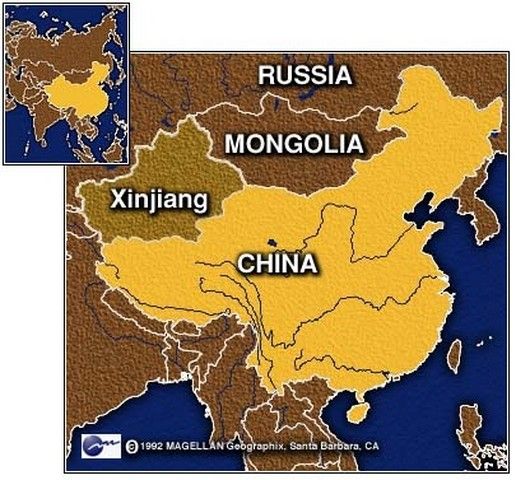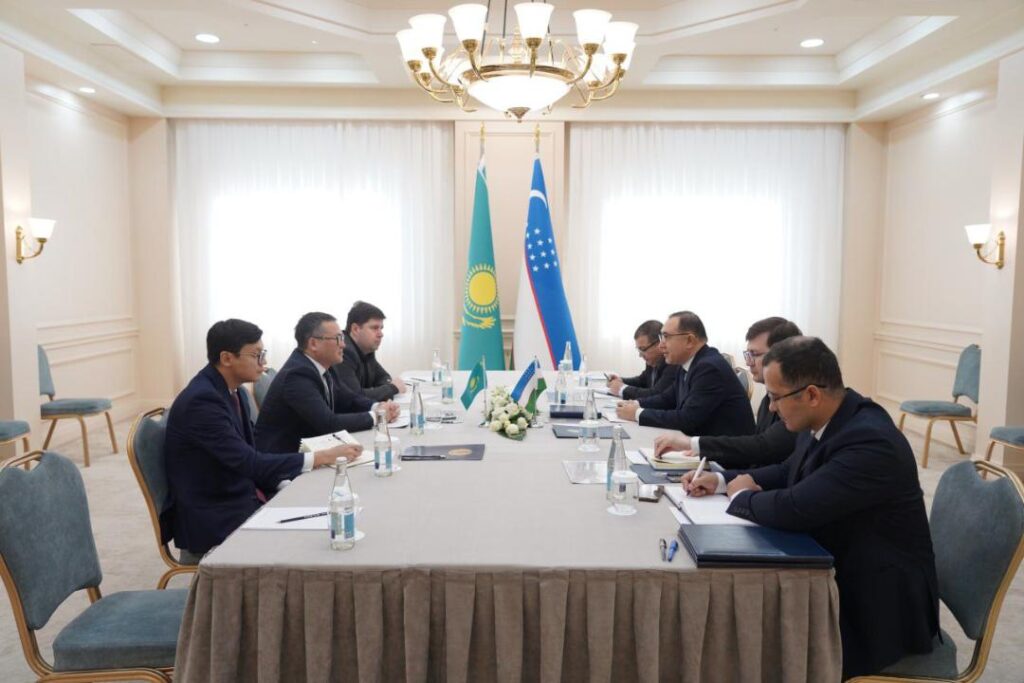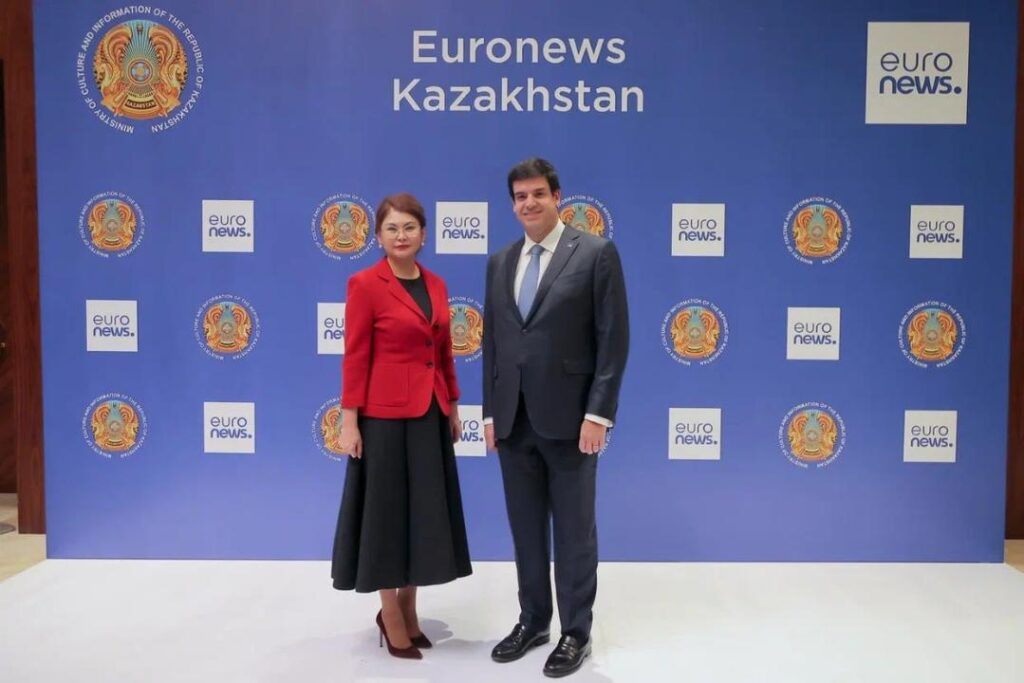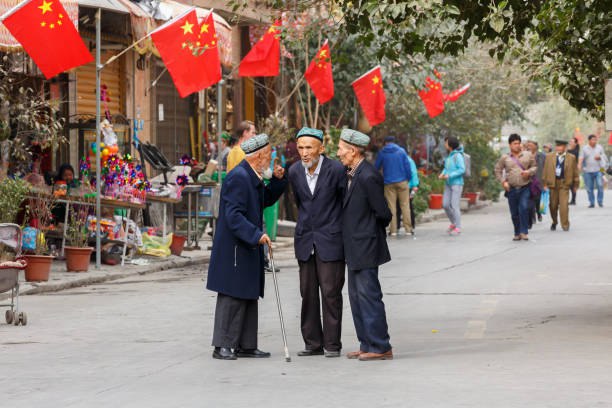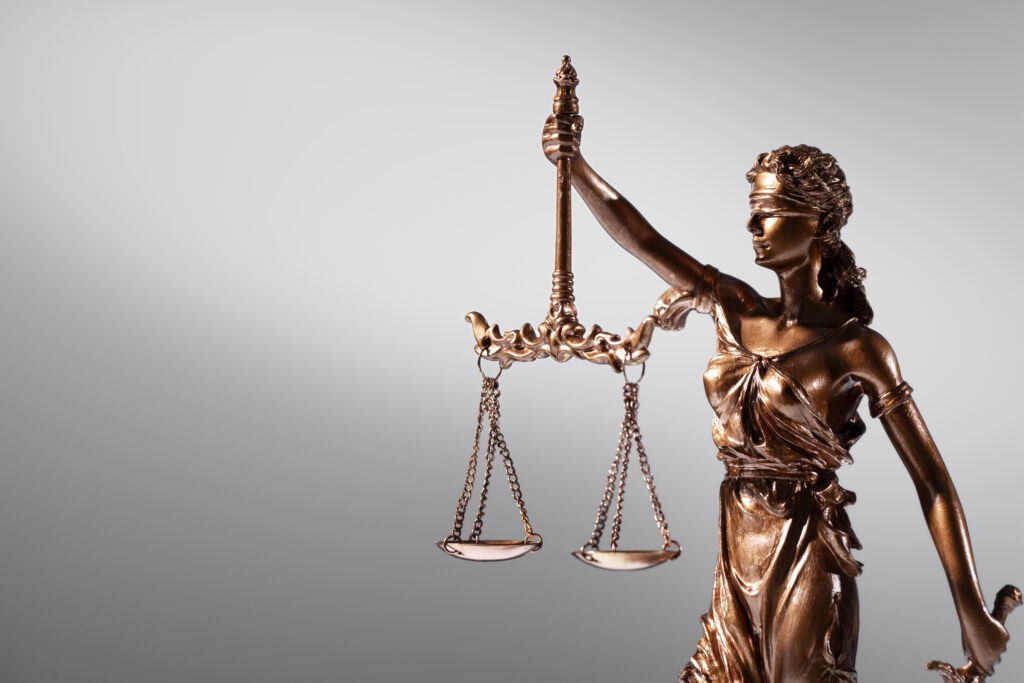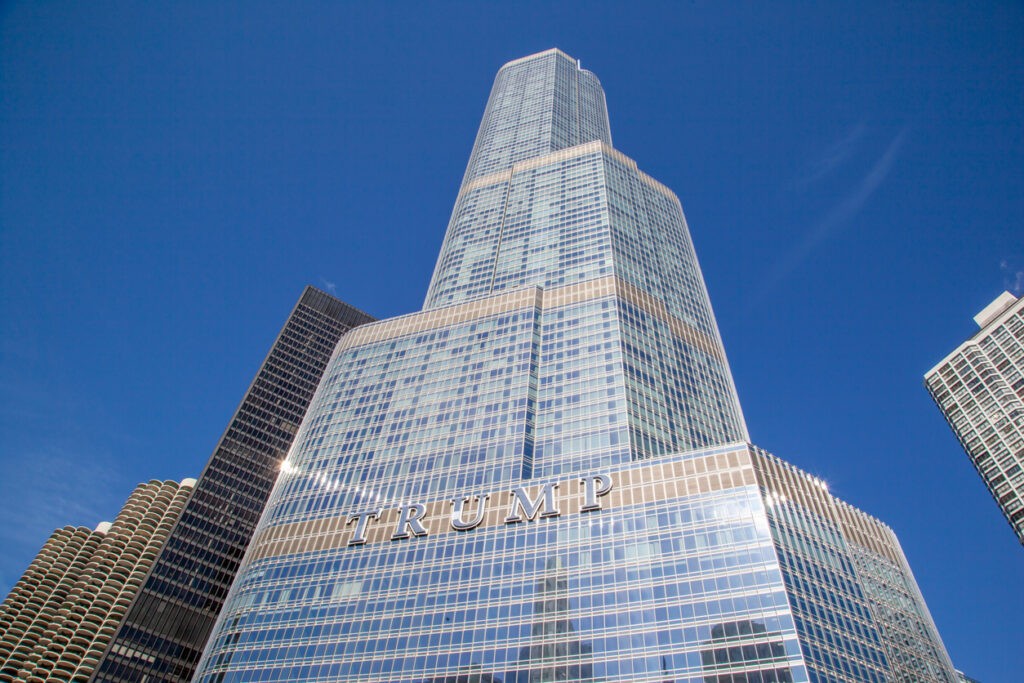BISHKEK (TCA) — On World Press Freedom Day 2017, May 2, the Uyghur Human Rights Project (UHRP) called on the Chinese government to substantiate claims it is facing an unprecedented security threat in East Turkestan (as the UHRP refers to China’s northwestern Xinjiang Uyghur Autonomous Region). UHRP has challenged the authorities in Urumqi and Beijing to permit independent overseas journalists unfettered access to East Turkestan in order to assess Chinese government statements regarding unrest and counter-terror measures.
“Whenever the Chinese government reports on incidents and arrests in East Turkestan, the only version of events we read is printed by outlets such as Xinhua or the Global Times. These media organizations are notoriously unreliable and any claims they make should be treated with skepticism. To ensure the world is not being fed a diet of fake news on East Turkestan, China should allow independent overseas journalists into the region and permit them to speak freely with anyone they wish without fear of repercussions,” said UHRP director, Omer Kanat in a statement.
Mr. Kanat added: “What is China concealing in East Turkestan that it has to monitor overseas journalists so closely? If the government says it is facing a security threat in the region, let the world’s media see this for themselves. There is evidence to suggest that the real reason why China denies overseas journalists access to East Turkestan is that it would face severe criticism over its human rights record towards Uyghurs.”
Leading press freedom monitors have unequivocally condemned China’s record on censorship and harassment of journalists. China ranks 176th worst for press freedom out of 180 states in Reporters Without Borders’ 2017 World Press Freedom Index. Freedom House’s annual survey of press freedom published in 2017 placed China in the “Not Free” category. Freedom House also placed China in the “Not Free” category for its Freedom on the Net 2016 report. In its 2016 prison census, the Committee to Protect Journalists documented 38 journalists imprisoned in China (of them 13 are Uyghur) out of a global total of 259.
China prevents and punishes commentary, domestic and foreign, critical of the repression in East Turkestan and in particular of alleged counter-terror measures in the region, UHRP said. Implemented in 2016, Article 51 of the “Xinjiang Uyghur Autonomous Region Implementing Measures of the Counter ¬Terrorism Law of the Peoples Republic of China” forbids “spreading rumors” and “distorting sensitive cases,” making or reproducing materials with “extremist content” and allows the authorities to restrict gatherings and the activities of various organizations, which may be used to control objective reporting on incidents in East Turkestan.
The cases of Uyghur academic Ilham Tohti, Xinjiang Daily editor Zhao Xinwei and French reporter Ursula Gauthier demonstrate Beijing’s zero tolerance for such questioning, UHRP said. In the case of Ursula Gauthier, Xinhua accused the reporter of using press freedom as a cover to advocate for terrorism. The Foreign Correspondent’s Club of China has documented harassment of overseas journalists reporting from East Turkestan since at least 2008.
In a 2014 report, Trapped in a Virtual Cage: Chinese State Repression of Uyghurs Online, UHRP found the Chinese state particularly employs Internet shutdowns, illustrated in the unparalleled 10-month blackout in the post-July 5, 2009 period, as a further measure to prevent the dissemination of counter-official narratives.
Xinjiang Uyghur Autonomous Region is home to China’s Uyghur minority which is blamed for separatism by authorities in Beijing.
